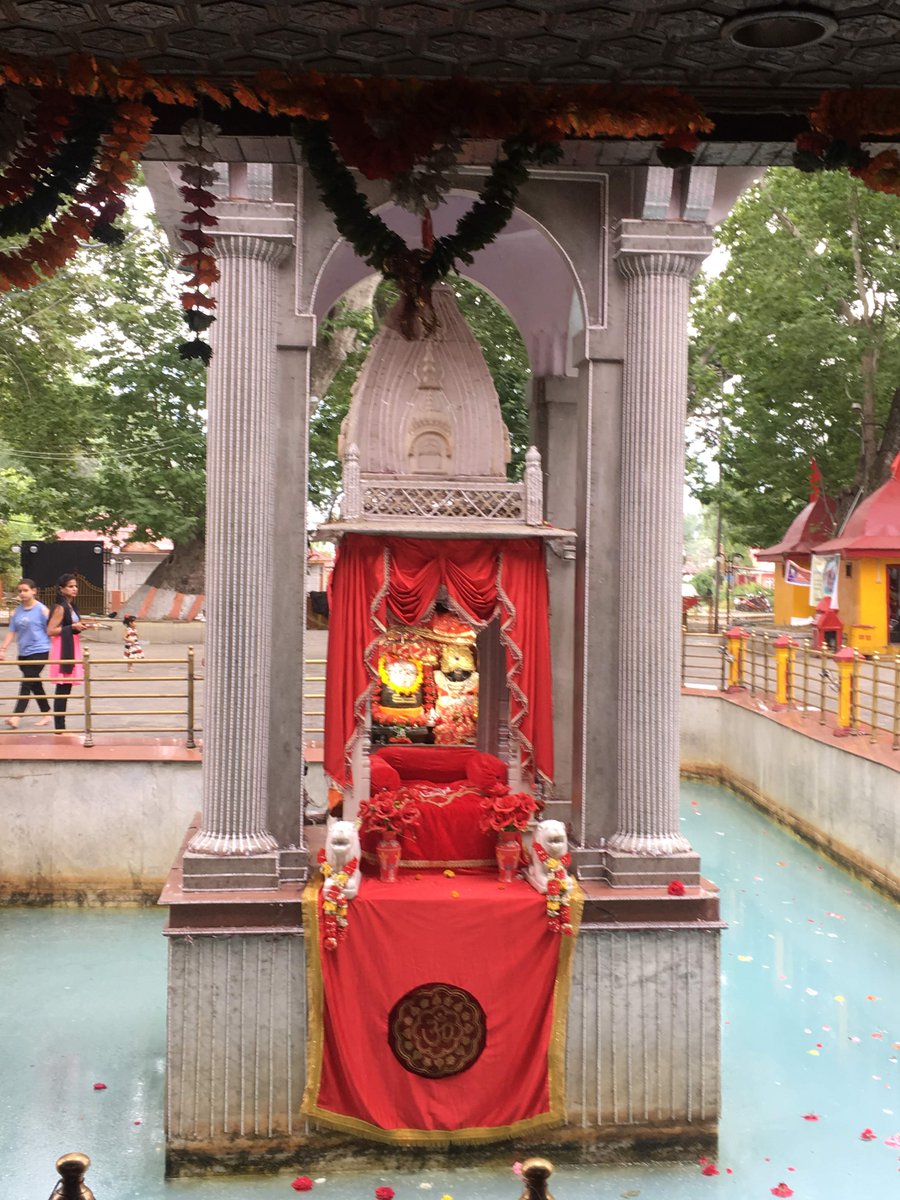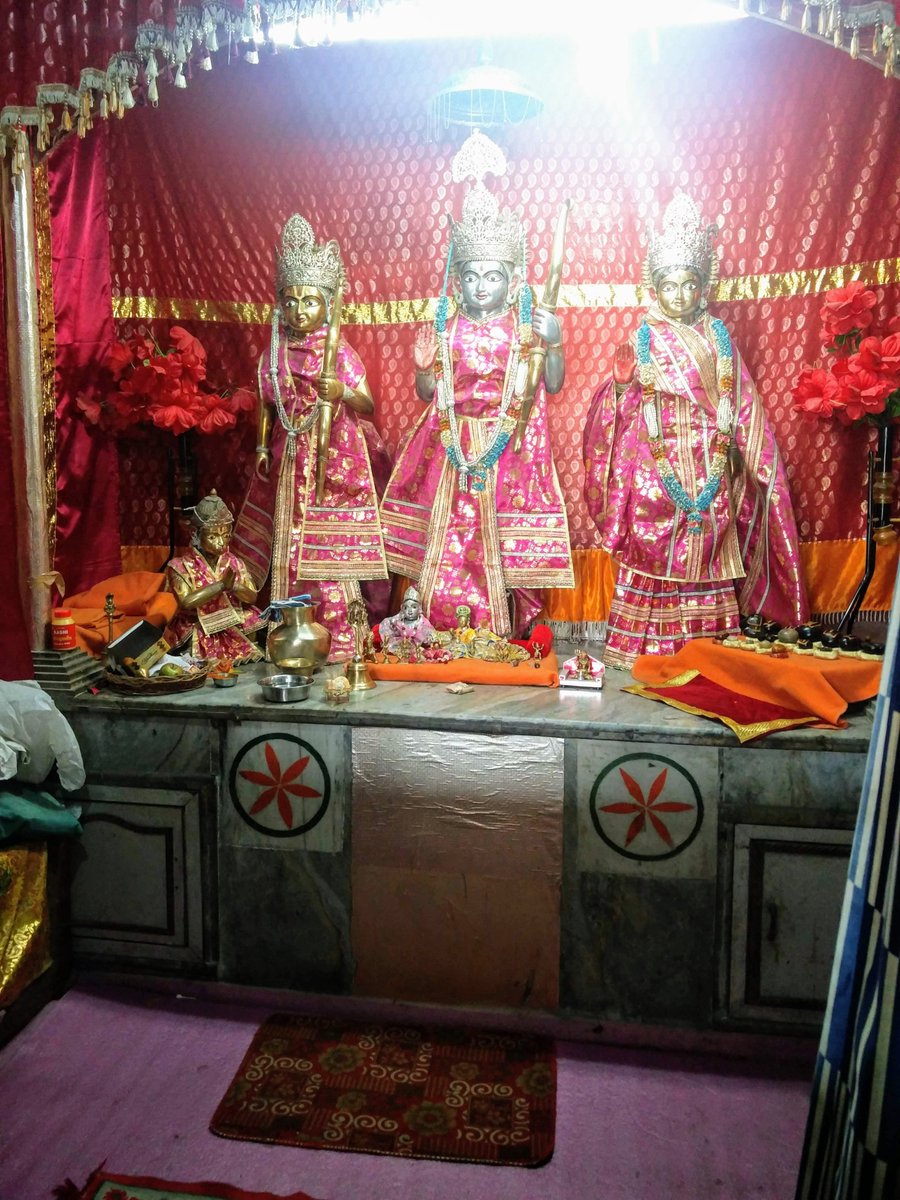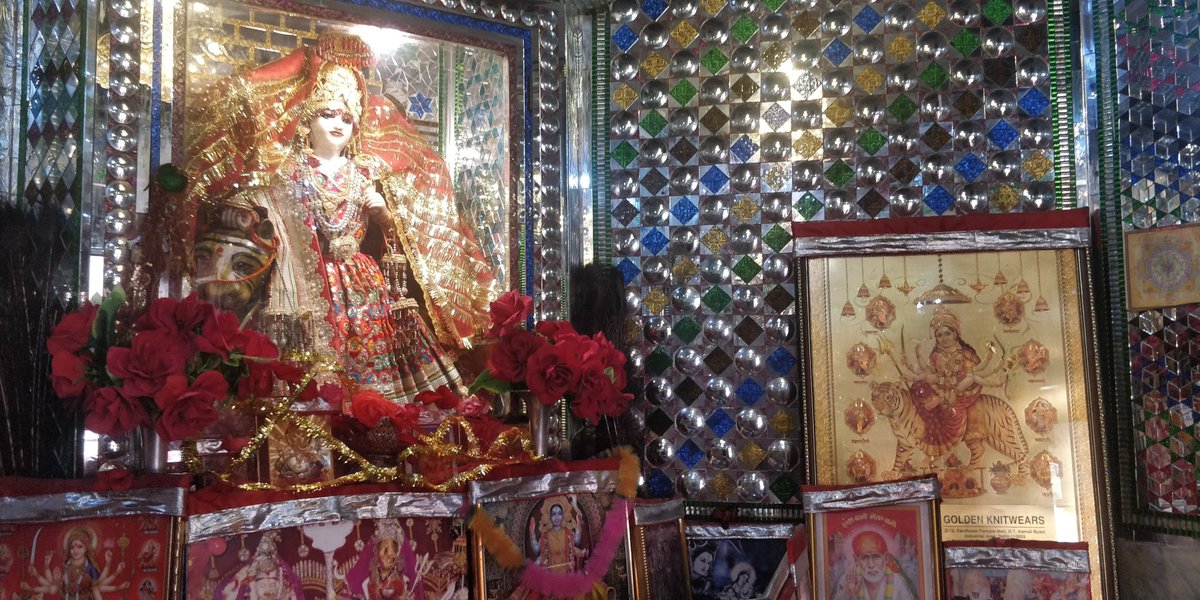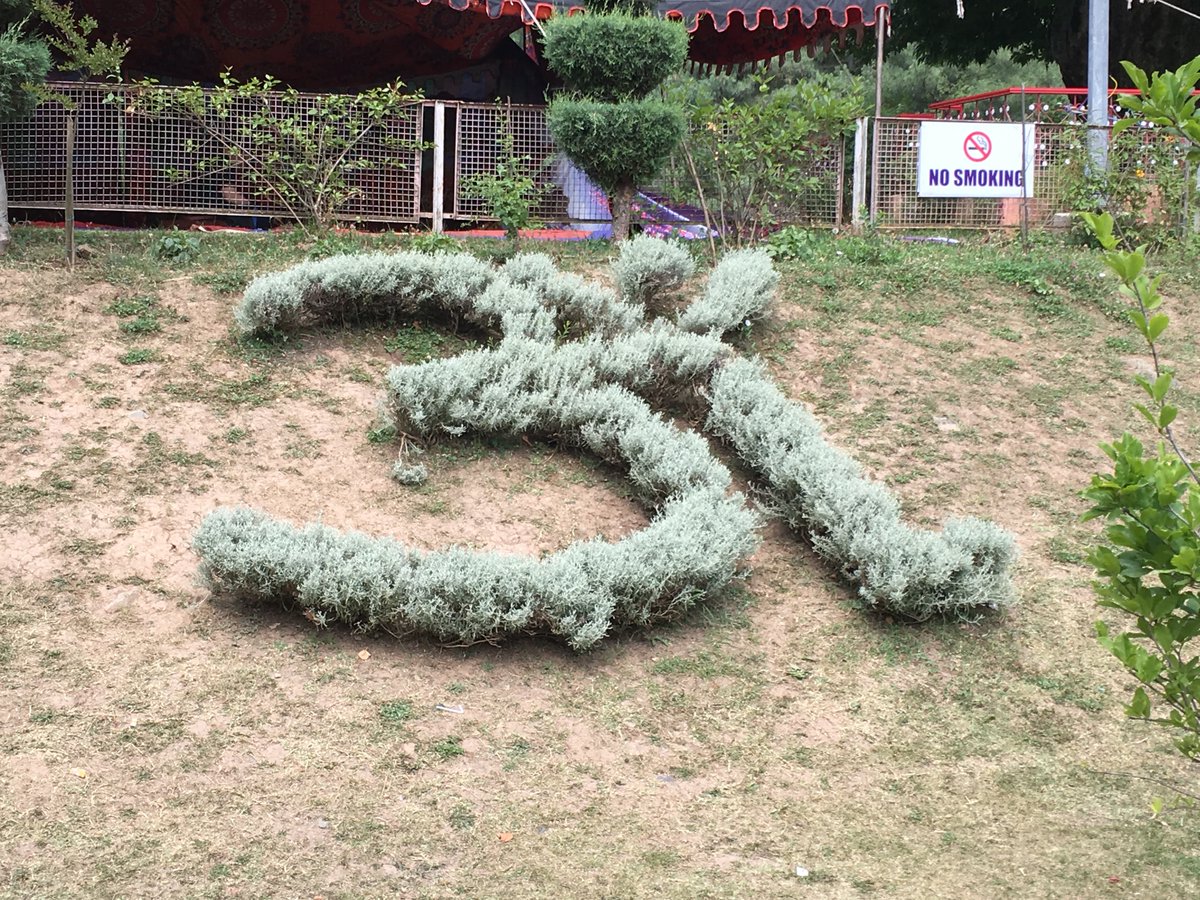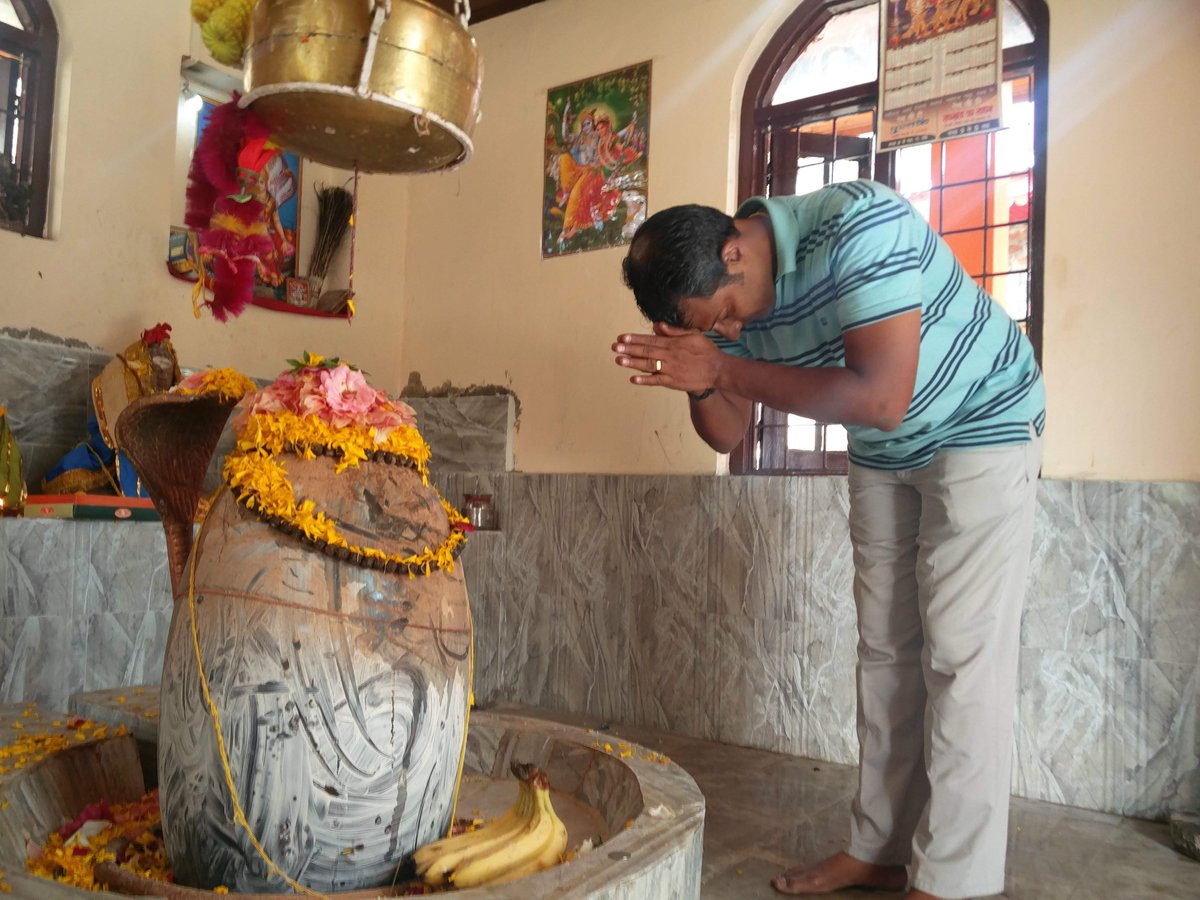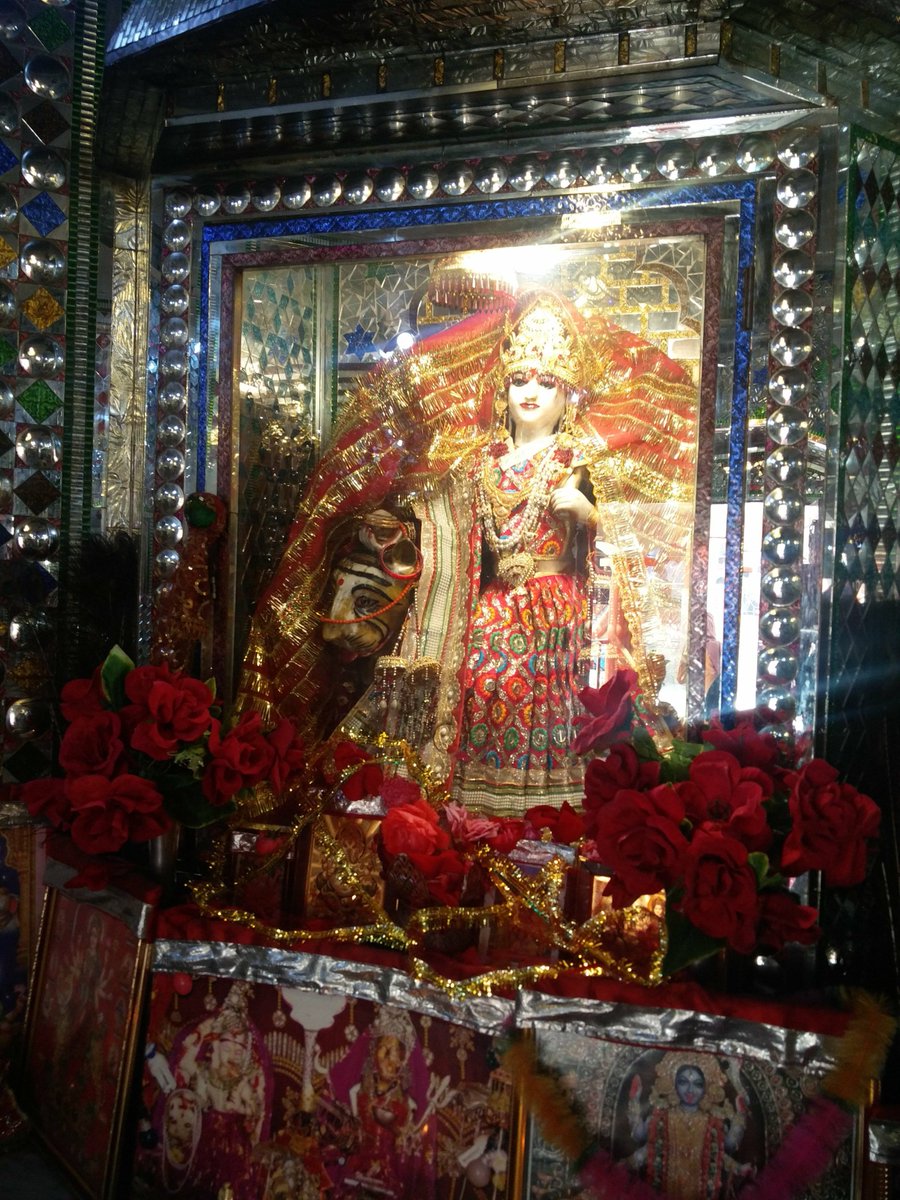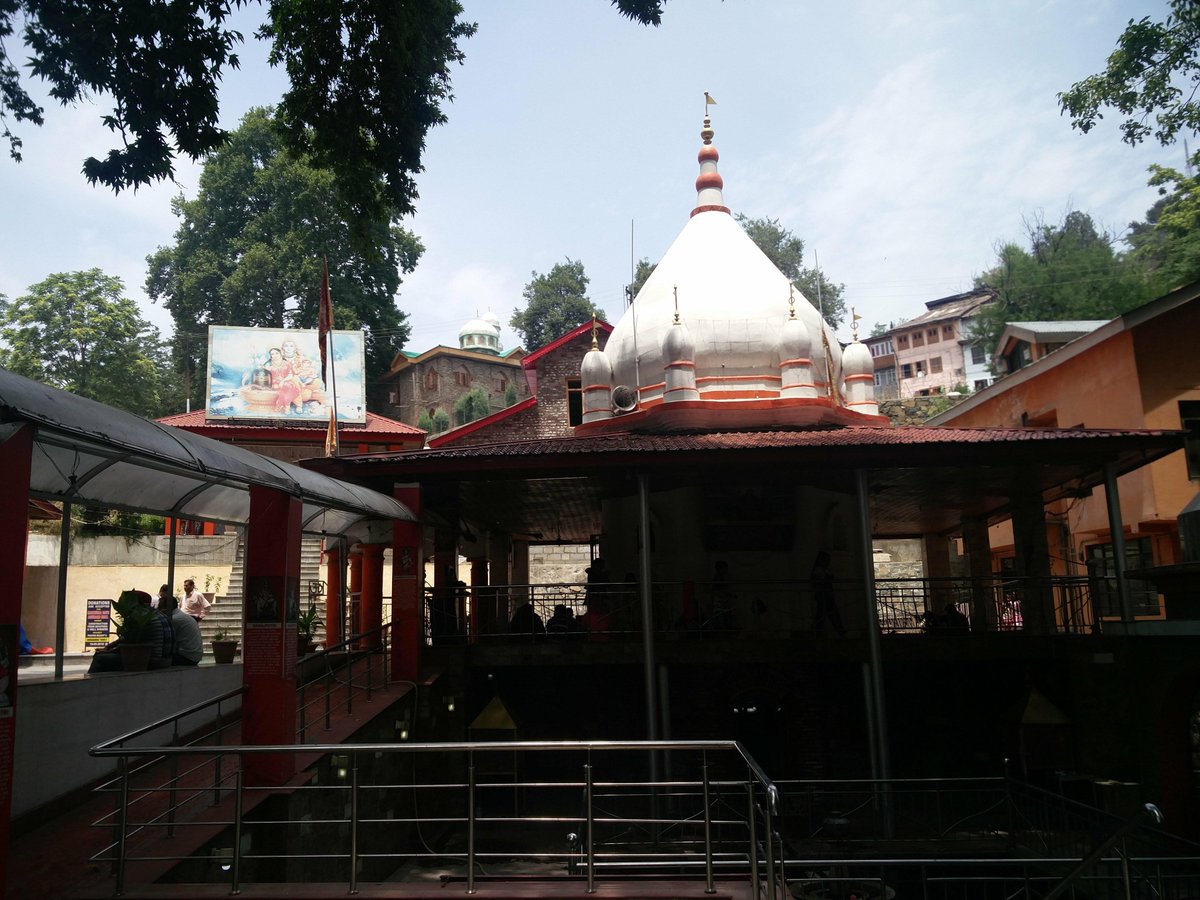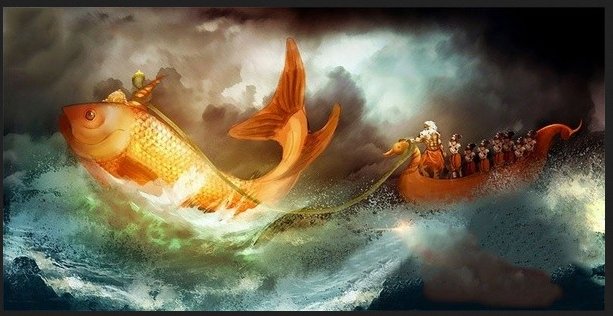Yet its mindshare among Indians is still somewhat low and its centrality to Indian civilization and culture is woefully under-appreciated
And even if it is, most Indians don't pause on these facts often enough
Let's take a look at some
But this conceals the geographic and demographic diversity in the valley
No wonder that the valley was always v central to Indian civilization for the past 2 millennia. Hardly peripheral. Hardly a hinterland
It also has a claim to rank among the oldest continuously inhabited towns in India.
There are also legends dating back Srinagar to Ashokan times in 3rd can BCE
Sure. Kashmir has the Jhelum River...But Jammu has the Chenab
I don't have a very good answer to this. But it looks like even in antiquity, Kashmir vale enjoyed a greater pre-eminennce than Jammu
The great capitals of the Karkota Empire were in Shrinagara and Parihasapura
The latter was built by the great Lalitaditya Muktipida - arguably the greatest of all Kashmiri monarchs
It was one of the great centers of Buddhist learning for much of the first half of 1st millennium.
And later of course was central to the development of Shaivism and Advaita Vedanta
His father Kumarayana was a Kashmiri who crossed the Pamir mountains and settled in modern Xinjiang
A very central figure in Chinese Buddhist history
The Nilamata Purana is usually dated to 6th/7th cen CE, and was one of the primary sources used by Kalhana for his work on Kashmir 500 yrs later
Kashmir is very much derived from Sanskrit. While some view it as "Ka-shimeera" (desiccated land), others view it as Kashyapa-Mir - the land made habitable by the great sage Kashyapa
But he was a lot more than that
This Kashmiri was not just a man of religion, but a theorist of Indian art and aesthetics
The idea of "rasa" is central to Indian art today. Though mentioned in Natyasastra, its elaboration happened mainly in the hands of Abhinavagupta in his bhashya "Abhinavabharati"
A manuscript of the Vrtti was available only in Kashmir which prompted Ramanuja to journey to Kashmir from Tamil country to reference it
In fact Mahmud of Ghazni did not succeed in raiding Kashmir, even though he raided much of North India. The Lohara kingdom held on
Even Mohammad Ghori did not succeed in annexing Kashmir.
It was only in the 14th century that after the fall of the Loharas, Kashmir fell into the hands of the Shah Mir dynasts who established Islam in the region
The Martanda temple fell during his reign. And it was during this period that great efforts were made to convert the populace to Islam. Efforts which finally succeeded
The history of this period is vividly described by Jonaraja, a Kashmiri of 15th cen who continued Kalhana’s vein with his “Dwitiya Rajataramgini”
The tradition of histories being written - something you don’t necessarily associate with other parts of India, where historical records are patchier
In the mid 18th century, power shifted to the Durrani dynast Afghans
In 1846, post the Anglo Sikh wars, the region was gifted to the Hindu Dogras, under Gulab Singh, whose dynasty ruled till 1947 when the province acceded to India
A region that was under first Sikh rule (1820-46) and later for the most part Hindu rule from 1846 to 1947
And the Sikh and Hindu rulers did not succeed in (or probably did not even attempt) cultural engineering
The Demography remained mostly Muslim though the Jammu plain remained predominantly HIndu and Dogra
The key aspect of Kashmir causing the conflict has been the demographic balance.
Despite its long history and centrality to Indian civilization, the valley has been over 90% muslim for many centuries now
A spiritual regeneration that reminds the Kashmiris of the region’s centrality to Indian life and Indian thought
For Kashmir to remain Indian, it has to cease being a monoculture. Something that it never quite was for most of its history right up to 14th cen
"Hey...why do we harp on ancient history and cultural connections..
"Let's face up to ground realities"..
"Let's have a plebiscite"
So once you start ceding ground to "self-determination" movements on the dicey basis of religion, there is no end to it.
Now Jammu is supposedly the most Hindu of all three divisions with 66% of the population practicing Hinduism / Sikhism
But 62% is down from 71% in 1980.
Let's look at some regions -
Poonch : 7% Hindu
Kishtwar : 41% Hindu
Rajouri : 35% Hindu
Now Ladakh on the whole may be 53% Buddhist / Hindu
But within Ladakh, Kargil is 77% Muslim. In contrast Leh is only 14% Muslim
If one were to become a slave to the mentality of determining national boundaries purely based on religious demography, then parts of Jammu & Ladakh will also face the stress sooner or later
The land of KumarAyana
The land described in Nilamata Purana
The land of Queen Didda (who was a native of Kabul and got married into Kashmir)
This invocation of Kashmir's checkered past has to be at the base of any Indian argument on the region
Such a mindset would not spare not just Kashmir but will eat away at many other parts of this very diverse cosmopolitan state








